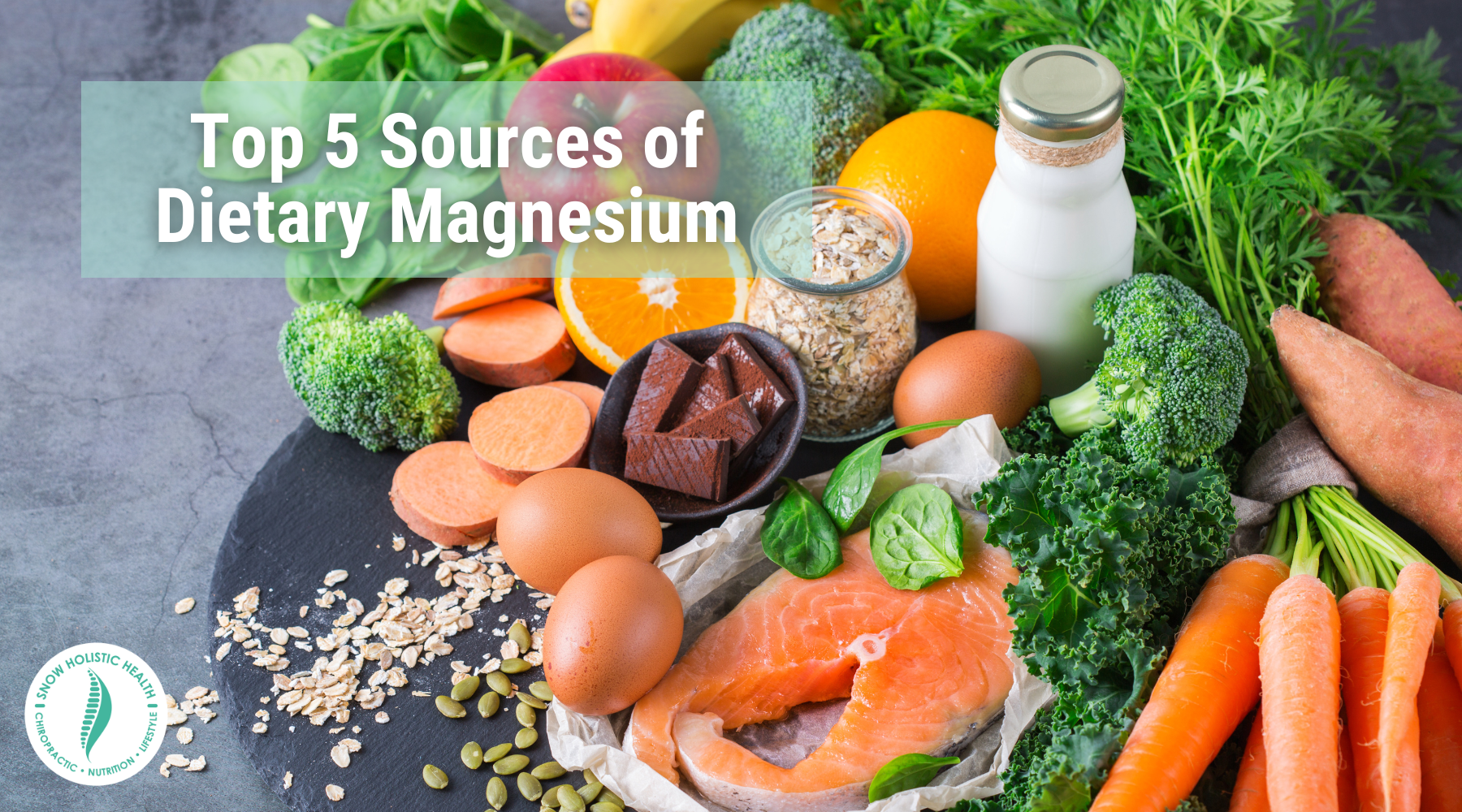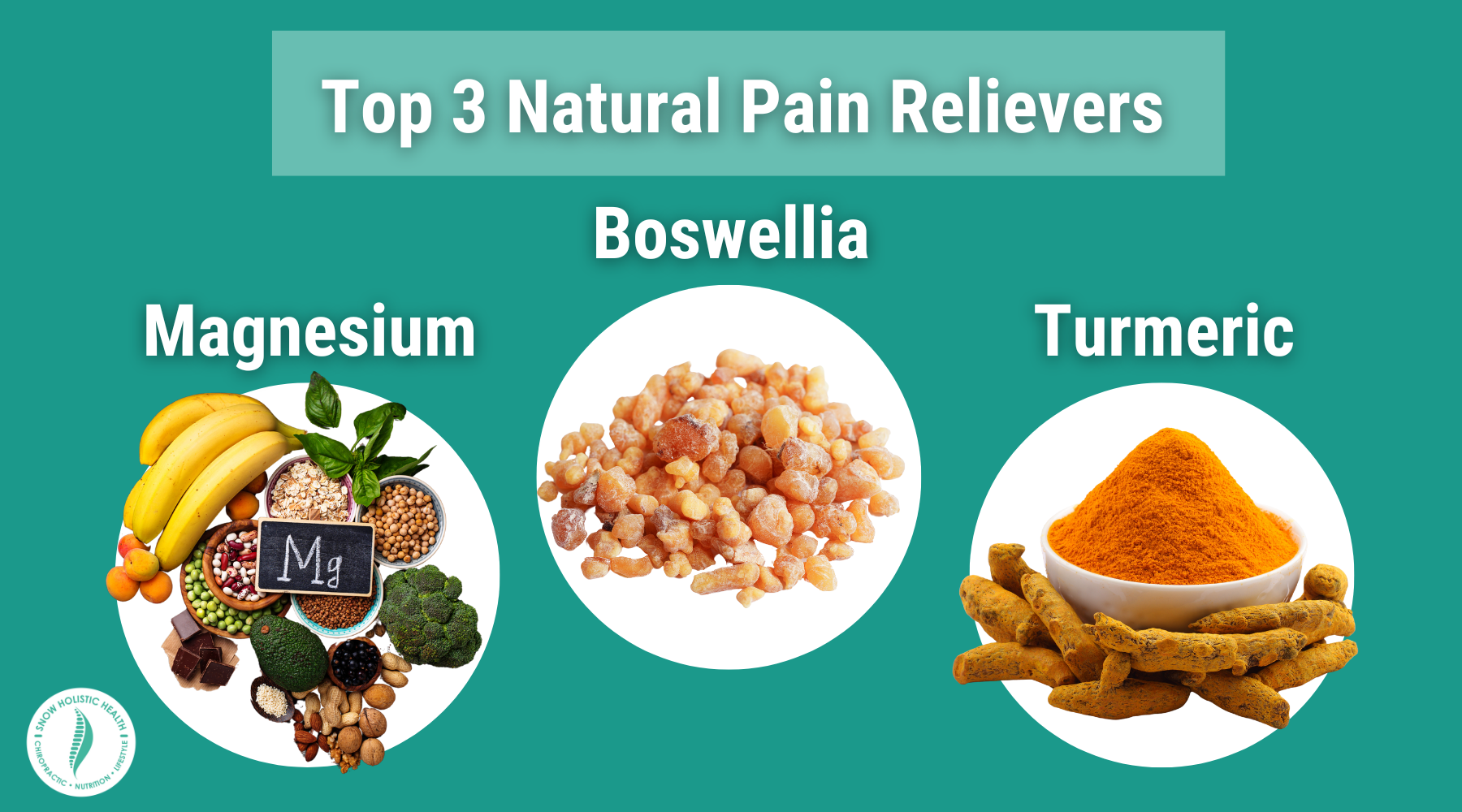Top 5 Sources of Dietary Magnesium

Are you getting enough magnesium in your diet? According to a study published in The Journal of the American Osteopathic Association, almost 50% of the American population may be chronically deficient in magnesium.
Since magnesium facilitates hundreds of crucial processes throughout the body, the impacts of magnesium deficiency can be wide-ranging, from muscle cramps, to depression, and sleepless nights. Magnesium can’t be produced by the body, so it’s essential to get enough from the food we eat or supplements we take. Here are the top five sources of dietary magnesium.
What does Magnesium Do?
Magnesium is one of the most important nutrients in the human body. Present in every single cell, magnesium is a necessary cofactor (or helper molecule) in over 600 essential processes, ranging from DNA repair to muscle movement.
Some of the most important functions of magnesium include:
Muscle movement
Magnesium helps muscle fibers release and relax after movement or contraction. For this reason, magnesium is often one of the top supplement recommendations for muscle soreness and cramps.
Consistent heart rate
As an electrolyte, magnesium plays a key role in coordinating the rhythm of our hearts. Our heart rate is dictated by the movement and timing of electrical currents within the body. Magnesium levels are one of many factors that regulate the opening and closing of heart valves. Healthy magnesium intake can also help reduce the likelihood of cardiovascular disease.
Healthy sleep
Magnesium helps regulate the release and impact of certain hormones and chemicals related to stress and wakefulness including cortisol and glutamate. A growing amount of evidence also indicates that magnesium can assist in the synthesis of melatonin, a neurochemical that aids in sleep. It can also help ease the symptoms of sleep apnea.
How much dietary Magnesium do you need?
How much magnesium you need in your diet depends on your age and gender. The daily recommended intake for adults over the age of 18 is 350mg per day.

Signs of Magnesium Deficiency
Magnesium deficiency is increasingly common as unsustainable farming practices deplete magnesium levels in the soil, making it more difficult to obtain proper levels of this essential mineral from the food we eat. However, by making smart choices in the kitchen (and considering supplements where needed), you can improve your magnesium intake for better health.
The top signs of magnesium deficiency include:
- Leg Cramps
- Insomnia
- Muscle Pain / Fibromyalgia
- Anxiety
- High Blood Pressure
- Fatigue
- Migraines
- Irregular Heartbeat
Top 5 Magnesium-Rich Foods
Nuts & Legumes
Almonds 80mg / 1 oz serving
Cashews 74mg / 1oz serving
Brazil Nuts 107mg / 1oz serving
Seeds
Pumpkin seeds 168 mg / 1 oz serving
Chia Seeds 111mg / 1oz serving
Sunflower Seeds 35mg / 1oz serving
Soy Products
Tofu 73mg / 1 cup serving
Edamame 99.2 mg / 1 cup serving
Soymilk 61mg / 1 cup serving
Whole Grains
Quinoa 118mg /1 cup serving
Oats 276mg / 1 cup serving
Brown rice 86mg / 1 cup serving
Dark Leafy Greens
Spinach 78mg / 1/2 cup, cooked serving
Swiss Chard 151mg / 1 cup cooked serving
Lima Beans 126mg / 1 cup cooked serving



